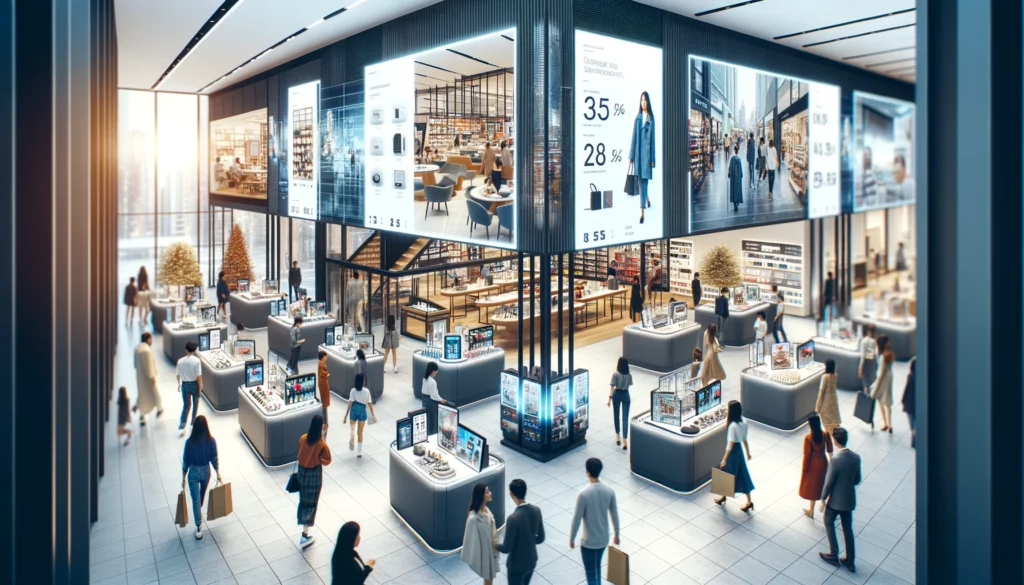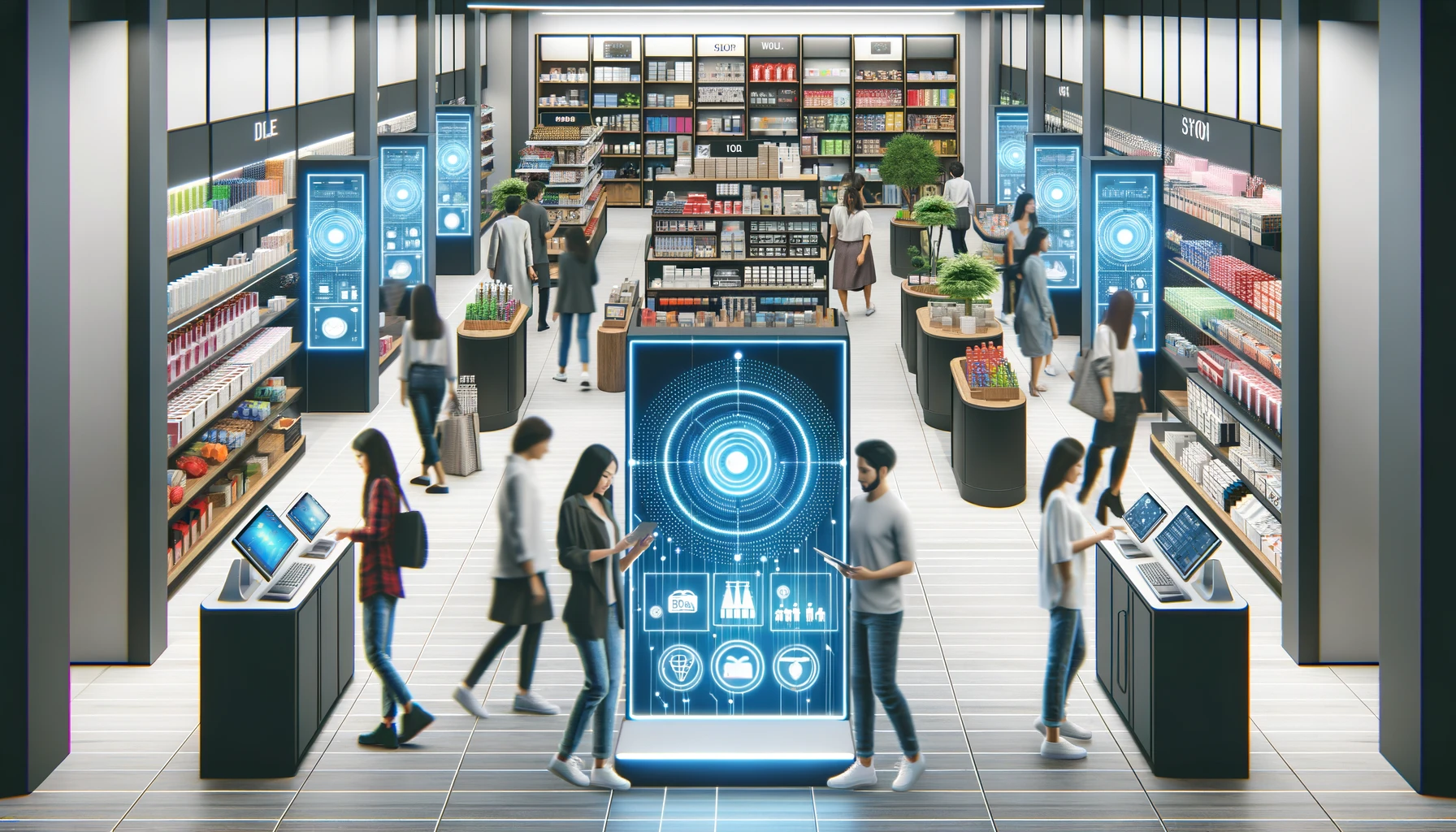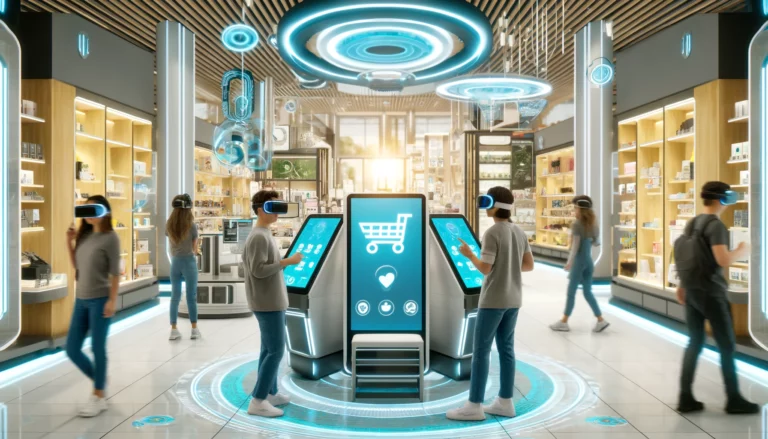Does the Retail Industry Have a Future?
The retail industry, a cornerstone of the global economy, is undergoing a significant transformation. With the rapid advancement of technology, changing consumer behaviors, and the recent impacts of the COVID-19 pandemic, many are left wondering: Does the retail industry have a future? This article delves into the various aspects shaping the future of retail, highlighting both challenges and opportunities.

The Evolution of Retail
The Rise of E-commerce
E-commerce has seen explosive growth over the past decade, fundamentally altering the retail landscape. Consumers now enjoy the convenience of shopping from anywhere at any time. According to Statista, global e-commerce sales are expected to reach $6.4 trillion by 2024. This shift has prompted traditional brick-and-mortar stores to rethink their strategies and adapt to the digital age.
Omnichannel Retailing
To stay competitive, retailers are increasingly adopting an omnichannel approach. This strategy integrates various sales channels, providing a seamless shopping experience for customers. Whether they are shopping online, in-store, or via mobile apps, consumers expect a unified and personalized experience. Successful omnichannel retailing leverages data and technology to anticipate and meet customer needs, thereby enhancing loyalty and driving sales.
Challenges Facing the Retail Industry
Changing Consumer Preferences
Today’s consumers are more informed and discerning than ever before. They demand greater transparency, ethical sourcing, and sustainability from the brands they support. Retailers must adapt to these evolving preferences or risk losing market share. Personalization and customer-centric approaches are key to winning over modern shoppers.
Technological Disruptions
While technology offers numerous benefits, it also presents challenges. Retailers must invest in advanced technologies such as artificial intelligence (AI), machine learning, and data analytics to stay ahead. These tools can help in understanding consumer behavior, optimizing supply chains, and enhancing customer experiences. However, the cost and complexity of implementation can be daunting for smaller retailers.
Economic Uncertainties
Global economic conditions play a significant role in the retail industry’s future. Factors such as inflation, unemployment rates, and geopolitical tensions can impact consumer spending power. Retailers must remain agile and responsive to these external influences to navigate economic uncertainties successfully.
Opportunities for Growth
Innovation and Adaptation
Innovation is at the heart of the retail industry’s future. Retailers that embrace change and continuously innovate are more likely to thrive. For instance, augmented reality (AR) and virtual reality (VR) are being used to enhance the shopping experience, allowing customers to try products virtually before making a purchase. Additionally, subscription-based models and personalized recommendations are gaining traction, providing new revenue streams and improving customer retention.
Sustainability and Ethical Practices
Sustainability is no longer a niche concern; it is becoming mainstream. Consumers are increasingly prioritizing eco-friendly products and ethical business practices. Retailers that adopt sustainable practices, such as reducing carbon footprints and promoting fair trade, can attract a loyal customer base. Moreover, transparency in sourcing and manufacturing processes can build trust and credibility with consumers.
Local and Community-Centric Retail
Amidst the dominance of global e-commerce giants, there is a growing trend towards supporting local businesses. Community-centric retail focuses on building strong relationships with local customers and offering unique, localized products. This approach not only fosters community engagement but also helps smaller retailers differentiate themselves in a competitive market.
The Role of Digital Transformation
Enhancing Customer Experience
Digital transformation is reshaping the retail industry by enhancing customer experiences. Technologies such as chatbots, virtual assistants, and personalized marketing are improving customer interactions and satisfaction. Retailers are using data analytics to gain insights into customer preferences, enabling them to offer tailored products and services.
Streamlining Operations
Efficiency is crucial for the survival of retail businesses. Digital tools are being leveraged to streamline operations, from inventory management to supply chain optimization. Automated systems reduce errors, improve accuracy, and increase productivity, allowing retailers to focus on strategic growth.
Leveraging Big Data
Big data is a powerful asset for retailers. By analyzing large volumes of data, retailers can identify trends, predict demand, and optimize pricing strategies. Data-driven decision-making allows for more accurate forecasting and better inventory management, reducing costs and enhancing profitability.
Conclusion: The Future of Retail
So, does the retail industry have a future? Absolutely. While the industry faces significant challenges, it is also ripe with opportunities for those willing to innovate and adapt. The future of retail lies in embracing digital transformation, understanding and meeting evolving consumer demands, and committing to sustainable and ethical practices. By staying agile and responsive to change, the retail industry can not only survive but thrive in the coming years.
In conclusion, the retail industry’s future is bright for those who are proactive and forward-thinking. As technology continues to evolve and consumer preferences shift, retailers must stay ahead of the curve to remain relevant. The key to success lies in embracing change, leveraging data and technology, and prioritizing customer satisfaction. With these strategies in place, the retail industry can look forward to a prosperous future.



